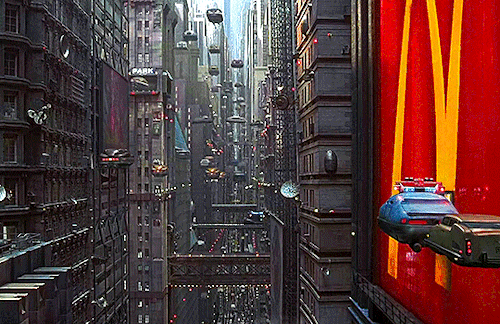The beast in the picture above is the Indricotherium (Greek for "Indric beast"); pronounced INN-drik-oh-THEE-ree-um; also known as Paraceratherium. It lived on the plains of what is now Asia during the Oligocene (33-23 million years ago). Its average size was 40 feet (12.2 meters) in length and is estimated to have weighed 15-20 tons (13-18 metric).
Indricotherium was a herbivore.
Ever since its scattered, oversized remains were discovered in the early 20th century, Indricotherium has occasioned controversy among paleontologists, who have named this giant mammal not once, but three times–Indricotherium, Paraceratherium and Baluchitherium have all been in common usage, with the first two currently battling it out for supremacy. (For the record, Paraceratherium seems to have won the race among paleontologists, but Indricotherium is still preferred by the general public–and may yet wind up being assigned to a separate, but similar, genus.)
Whatever you choose to call it, Indricotherium was, hands-down, the largest terrestrial mammal that ever lived, approaching the size of the giant sauropod dinosaurs that preceded it by over a hundred million years. An ancestor of the modern rhinoceros, the 15-to-20-ton Indricotherium had a relatively long neck (though nothing approaching what you'd see on a Diplodocus or Brachiosaurus) and surprisingly thin legs with three-toed feet, which years ago used to be portrayed as elephant-like stumps. The fossil evidence is lacking, but this huge herbivore probably possessed a prehensile upper lip–not quite a trunk, but an appendage flexible enough to allow it to grab and tear the tall leaves of trees.
To date, fossils of Indricotherium have only been found in the central and eastern parts of Eurasia, but it's possible that this gigantic mammal also stomped across the plains of western Europe and (conceivably) other continents as well during the Oligocene epoch. Classified as a "hyrocodont" mammal, one of its closest relatives was the much smaller (only about 500 pound) Hyracodon, a distant North American anecstor of the modern rhinoceros.
Researching the photo above led me down an internet rabbit hole of nightmare fuel.
We are so small.






